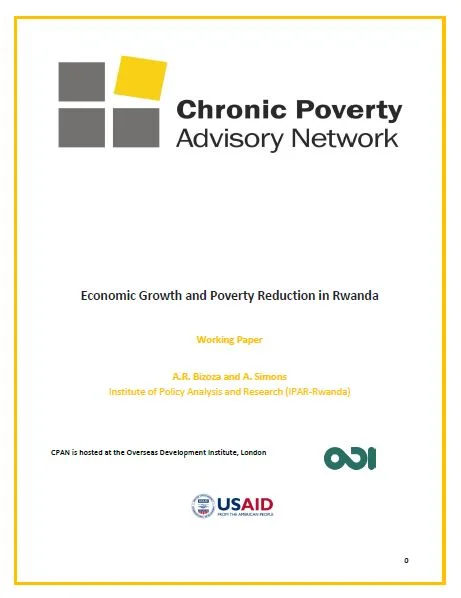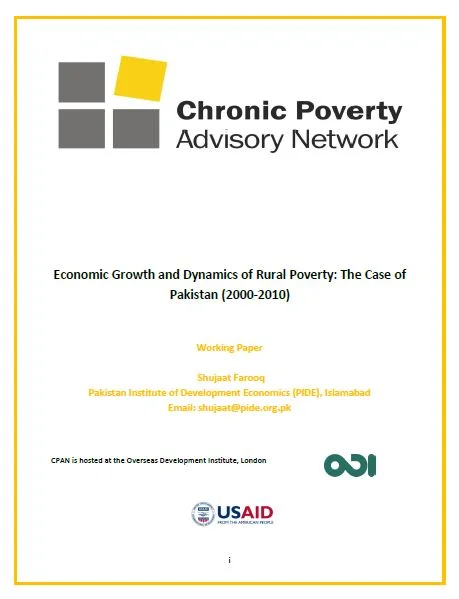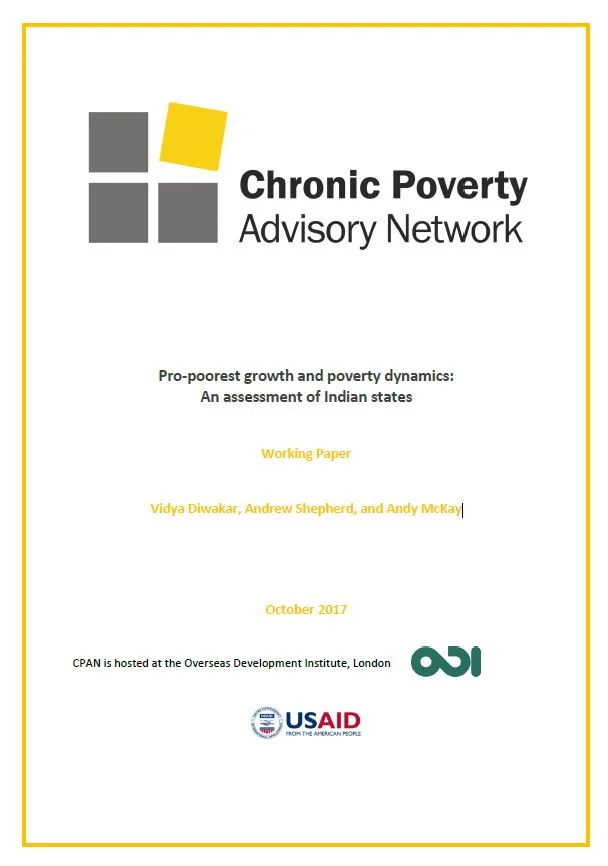Despite registering positive economic growth over the recent years, Malawi remains a poor country. Between 1997 and 2010, the economy grew at an average annual rate of 4.3%. The growth rate was particularly strong between 2007 and 2010, reaching an average of 8.1% per annum. Much of this growth has been driven by strong performance in the agricultural sector which makes up about 30% of the gross domestic product (GDP) and continues to employ 85% of the workforce. However, the strong growth in the economy has been accompanied by marginal poverty reduction and rising inequality.
This study seeks to provide a detailed understanding of poverty dynamics in Malawi. This has not been done previously due to lack of nationally representative panel data. Specifically, the study pursues the following aims:
What does the analysis of the Integrated Household Panel Survey data tell us about the poverty dynamics, nature and magnitude of growth in Malawi?
What relationships exist between patterns of poverty dynamics as measured by panel data, and growth incidence amongst the poorest, as measured through growth incidence curves?
What is the impact on growth of chronic poverty? Is there any evidence that growth is constrained by the presence of chronic poverty? Is there any impact on growth from ‘negative poverty dynamics’ (impoverishment, temporary escapes/re-impoverishment)?
What are the major policy and non-policy factors which lie behind the patterns of growth incidence and poverty dynamics observed?
Based on the analysis, what policy agenda can be recommended to the government of Malawi?
The study has found evidence of pro-poor growth during 2010-2013. We have found that there is a large number of households close to the poverty line in both 2010 and 2013 which suggests vulnerability to moving back into poverty. The study has also found that norm-farm employment is associated with lower likelihood of moving into or remaining in poverty relative ‘staying out of poverty’. Therefore, diversification of incomes through non-farm activities may be one of the channels for dealing with shrinking incomes from rain-fed agriculture which has faced a number of challenges such as floods, droughts and recently the outbreak of fall-army worms during the 2016/17 agricultural season.
Authors: Anderson Gondwe





